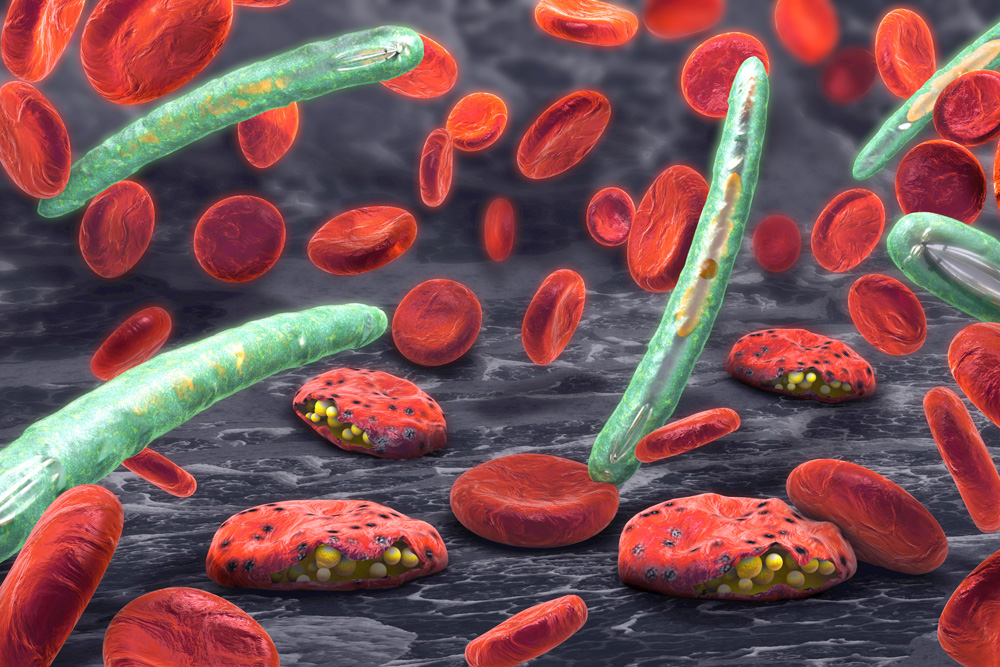Scientists believe they have cracked the question of how the malaria parasite keeps a low profile in infected people during the dry season in Africa in order to avoid immune attention and trigger outbreaks when the rains and mosquitoes return. The knowledge could open up new ways to combat the disease, which killed 409,000 people, mostly […]
Read More








